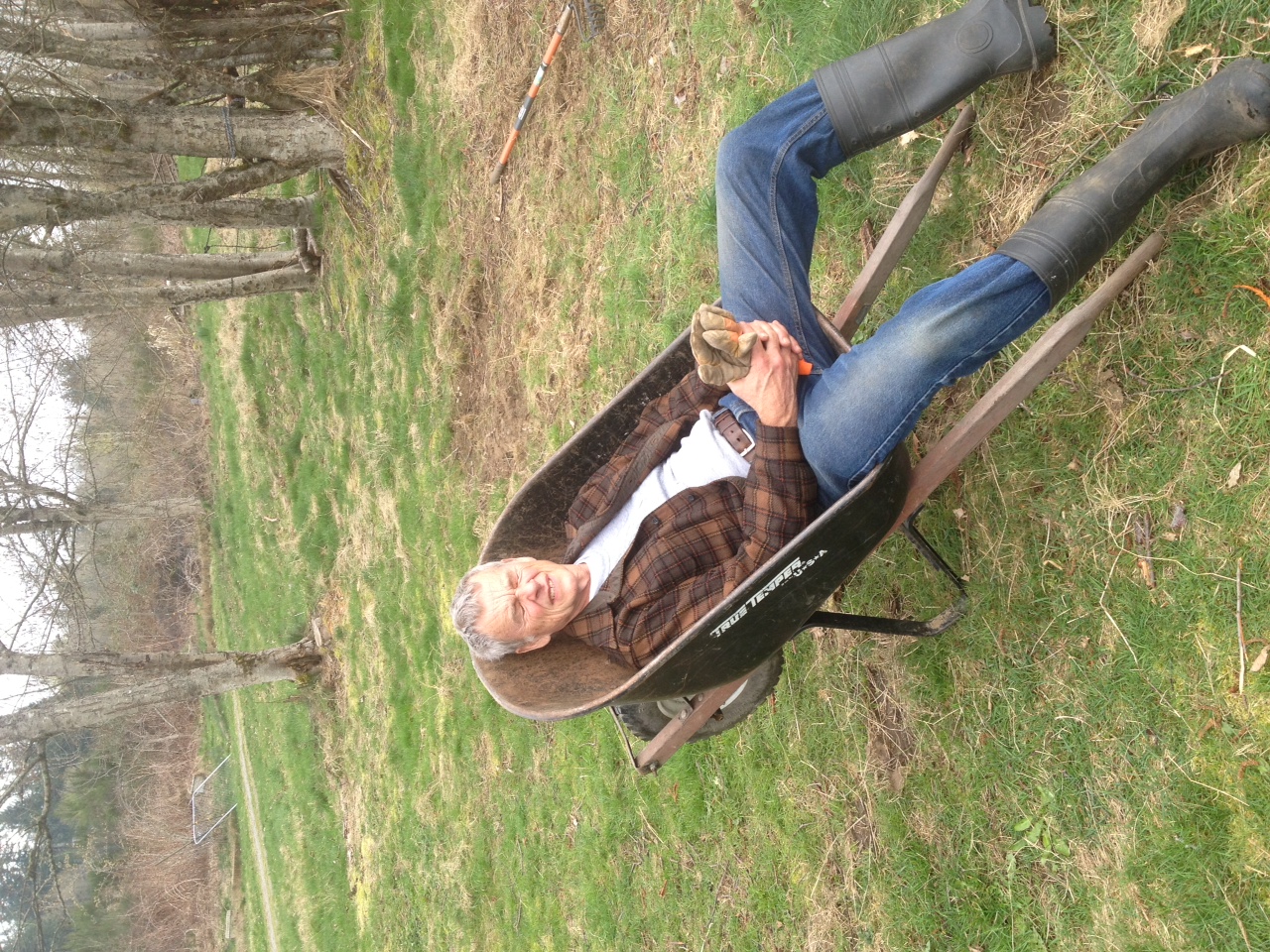Little Story on the farm
- Ken Campbell

- Jan 22, 2022
- 3 min read
The Soggy Bottom blog provides me the opportunity to tell stories about the farm. I look for and discover these stories from two perspectives: 1) from the big picture standpoint of our overall interaction with nature (harvest of nature’s bounty, stewardship of nature’s resources, lifestyle when committed to living in harmony with the land, etc.) and 2) from the little picture perspective of the interaction of one player with another in the multiple little dramas that play out daily on the farm. Today’s blog tells one of the little stories.
Two of the characters in this story - i.e., the Spotted towhee and the Sharp-shinned hawk - were introduced in an earlier blog post entitled “Red-eyed Birds”. There, the overall behavior, the feeding habits, and the role in the farm’s ecological dynamics of each of these birds were discussed. It was posited that these two birds had nothing in common other than that they both possessed the unusual feature of red eyes. We find here another dimension to this relationship.
The third important element in today’s story is a dense twiggy growth on a nearby aged plum tree. The botanical term for such an abnormal growth is “virescence” or “witches broom”. Such growth is caused by a microbe introduced into a point in the tree by an insect. The virescence does little harm to the tree other than to give it character. However, it does play a role in adding an element of habitat that is used by animals. We discover on this day that the virescence brings the towhee and the hawk together on a stage where they play out a desperate act of survival.
Day 1 action Jan 17, 12:15 pm
Clip 1 – Note: a) twig density of virescence in plum tree; b) proximity of plum tree to bird feeder; c) towhees under feeder; d) towhee making ready use of cover during routine flush and hide maneuver.
Clip 2 – Towhee perched at ease on limb adjacent to virescence.
Clip 3 – Hawk perched on outside of virescence; towhee hidden inside the dense tangle of twigs.
Clip 4 – Hawk making pass at towhee – the attack is quick and is over in seconds. Hawk breaks off attack, towhee emerges, and then goes back into the dense part of virescence demonstrating that its facile use of heavy cover allowed it to avoid the hawk.
Clip 5 – Hawk eventually gives up and flies off.
This little story played out in about 6 minutes. It was a life-and-death drama. For the towhee, death was just inches away but his practiced and efficient use of cover effectively saved him. He lived to avoid the hawk until another day. For the hawk, death will come when his attempts to capture food continually fail and he is unable to meet his need for nutrition.
Two days later the towhee and the hawk come together once again at the plum tree virescence.
Day 2 action Jan 19, 3:00 pm
Clip 6 – Towhee moving around in dense twigs in virescence.
Clip 7 – Hawk giving chase to towhee in virescence.
Clip 8 – Hawk on the ground with towhee under talons; towhee struggling to escape. Hawk flies off with dying towhee in its grasp.
The towhee’s adroit escape maneuvers within the virescence eventually fail him and eventually, the hawk gets something to eat. For the time being, the hawk avoids the fate of its twin, which was found dead under the eaves of the farmhouse just one month ago. The deceased hawk apparently succumbed to cold and starvation during the cold snap that gripped the farm around Christmas time.
Whether we are talking about farm animals or wild animals, life and death are never very far removed from one another on the farm. This balance between life and death plays out in a multitude of little stories that, together, become one of the farm’s big stories.






Comments